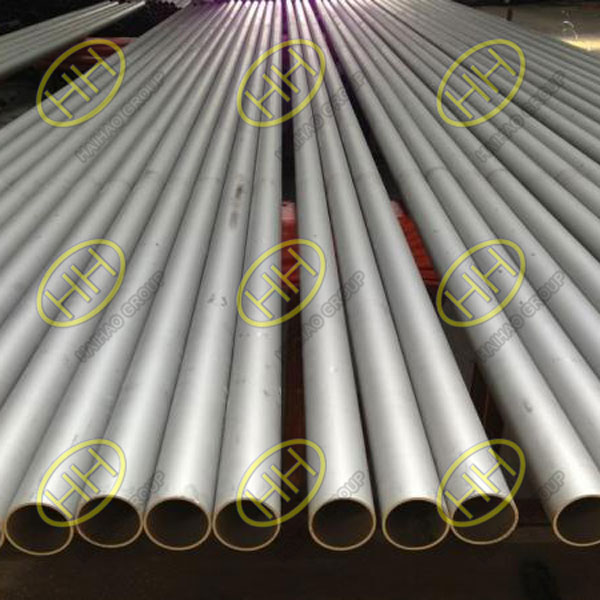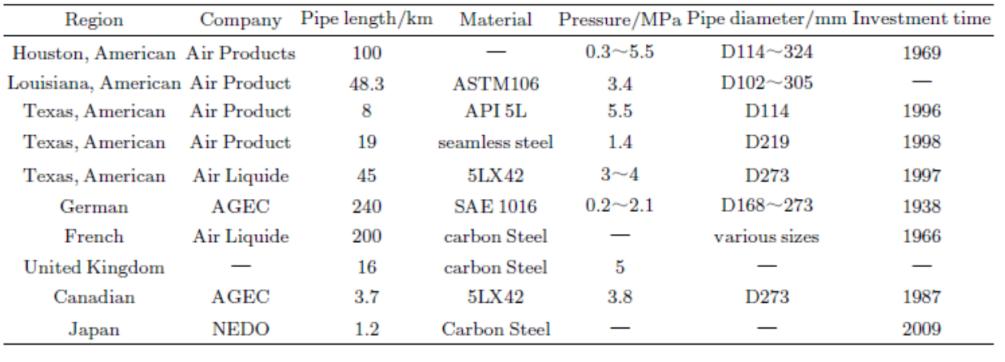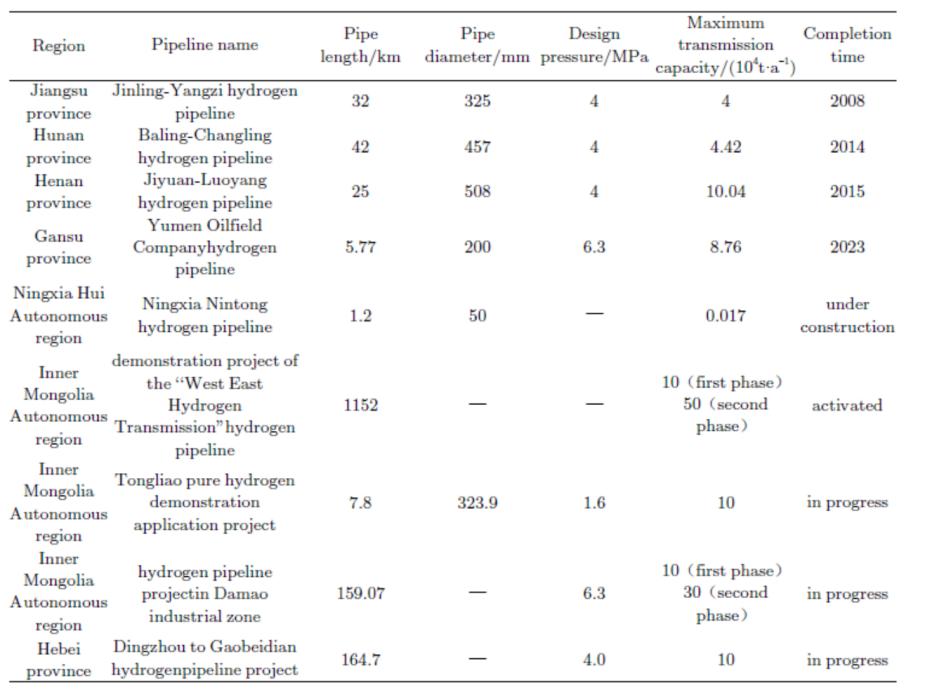The development and challenges of pure hydrogen pipeline technology
The hydrogen energy industry is composed of several key segments, including hydrogen production, storage, transportation, refueling, and utilization. Among these, the storage and transportation of hydrogen serve as critical links between production and end-use applications. The development of safe, efficient, and cost-effective hydrogen storage and transportation technologies is essential for the large-scale commercialization of hydrogen energy.
Current Status and Future Trends in Hydrogen Transportation
In China, the transportation of hydrogen is predominantly conducted via long-tube trailers. However, this method is limited by transportation capacity and distance, leading to high costs. With the rapid expansion of the hydrogen energy industry, there is a growing demand for large-scale hydrogen storage and transportation solutions. Pure hydrogen pipelines—either newly constructed or converted from existing natural gas pipelines—are emerging as the most efficient and economical means of hydrogen transportation.
Pure Hydrogen Pipelines: Key Performance Indicators
Pure hydrogen pipelines are designed to transport gaseous hydrogen from production facilities to end users. The key performance indicators for these pipelines include:
1.Operational Indicators:
Hydrogen Purity: ≥99%
Design Pressure: ≤10 MPa (current standard)
2.Safety Indicators:
Explosive Limits: 4% to 75%
Material Selection: Low-strength pipeline steel such as X42 and X52 is preferred due to its lower susceptibility to hydrogen embrittlement.
3.Economic Indicators:
Economic Distance: Pipelines operating at 75% to 100% load capacity are the most cost-effective across all transportation ranges compared to other methods.
Global and Domestic Developments
Globally, countries like the United States, France, and Germany have accumulated significant experience in building pure hydrogen pipelines. Currently, the total length of hydrogen pipelines worldwide exceeds 5,000 km. By 2040, the European Hydrogen Backbone (EHB) initiative aims to establish a 53,000 km hydrogen network, connecting 28 European countries, with 60% of the pipelines being repurposed from natural gas pipelines.The representative pure hydrogen pipeline conditions of various countries are shown in the figure below.
In contrast, China is in the early stages of developing pure hydrogen pipelines. The existing hydrogen pipeline network in China is about 400 km long, with several projects under planning to extend this by over 1,400 km. Notably, the “Western Hydrogen to East” project, which is China’s first large-scale, long-distance, cross-provincial pure hydrogen pipeline, marks a significant milestone in the country’s hydrogen infrastructure development.The existing and planned pure hydrogen pipeline projects in my country are shown in the figure below.
Technical and Economic Challenges
- Technical Research:
Current research focuses on the compatibility of hydrogen with pipeline materials, weld seams, valves, and seals. High-strength pipeline steels (e.g., X70, X80) often contain elements that increase susceptibility to hydrogen embrittlement, limiting their use in hydrogen pipelines. The development of new materials and welding techniques that minimize hydrogen embrittlement is critical.
- Economic Analysis:
Pipelines offer significant advantages for large-scale hydrogen transportation, including high capacity, long distance, low energy loss, and cost-effectiveness. When transportation distances exceed 1,000 km, pipelines become the most economical option, with costs ranging from €0.11 to €0.21 per kg of hydrogen.
Challenges in Hydrogen Pipeline Construction
Hydrogen Characteristics:
Hydrogen’s small molecular size and low density make it prone to leakage, and its wide flammability range increases the risk of explosions. Additionally, hydrogen embrittlement remains a significant challenge, as hydrogen can penetrate and weaken pipeline materials.
Material Requirements:
Material selection is crucial due to the susceptibility of metals to hydrogen embrittlement. Low-strength steels like X42 and X52 are preferred, but research into more robust materials, such as X80, continues. The steel’s microstructure, the presence of impurities, and residual stress all affect its performance in hydrogen environments.
Sealing and Monitoring:
Effective sealing is critical due to hydrogen’s propensity to leak. Current pipeline connections and valves must be designed with high-performance sealing materials, such as PTFE. Monitoring for hydrogen embrittlement and other potential failures requires advancements in non-destructive testing techniques.
Gas Purity:
Impurities such as water vapor and hydrogen sulfide can exacerbate hydrogen embrittlement. Therefore, stringent control of gas purity, particularly moisture levels, is essential for the safe operation of hydrogen pipelines.
China’s hydrogen pipeline infrastructure is in its nascent stage, and there are numerous challenges to address. These include enhancing material performance, developing reliable sealing methods, improving monitoring technologies, and ensuring high gas purity. Addressing these challenges will be crucial for the successful deployment of hydrogen pipelines on a large scale. Additionally, further research and standardization are needed to support the industry’s growth and ensure safe and efficient hydrogen transportation.



